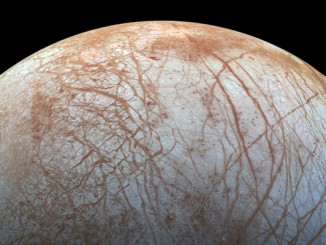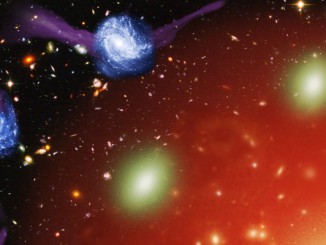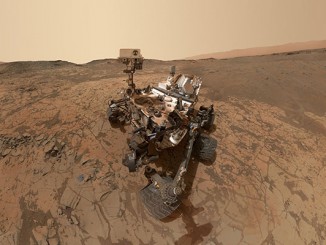
The Astronomy Bible
Small, chunky and handy enough to be stuffed in a rucksack for quick facts and tips on the go, six of the book’s eight chapters cover the Solar System, the remainder being devoted to all that lies beyond. An easy-reading book that won’t swamp the reader with complicated terminology and a waffling narrative, writes reviewer Kerry Hebden.









